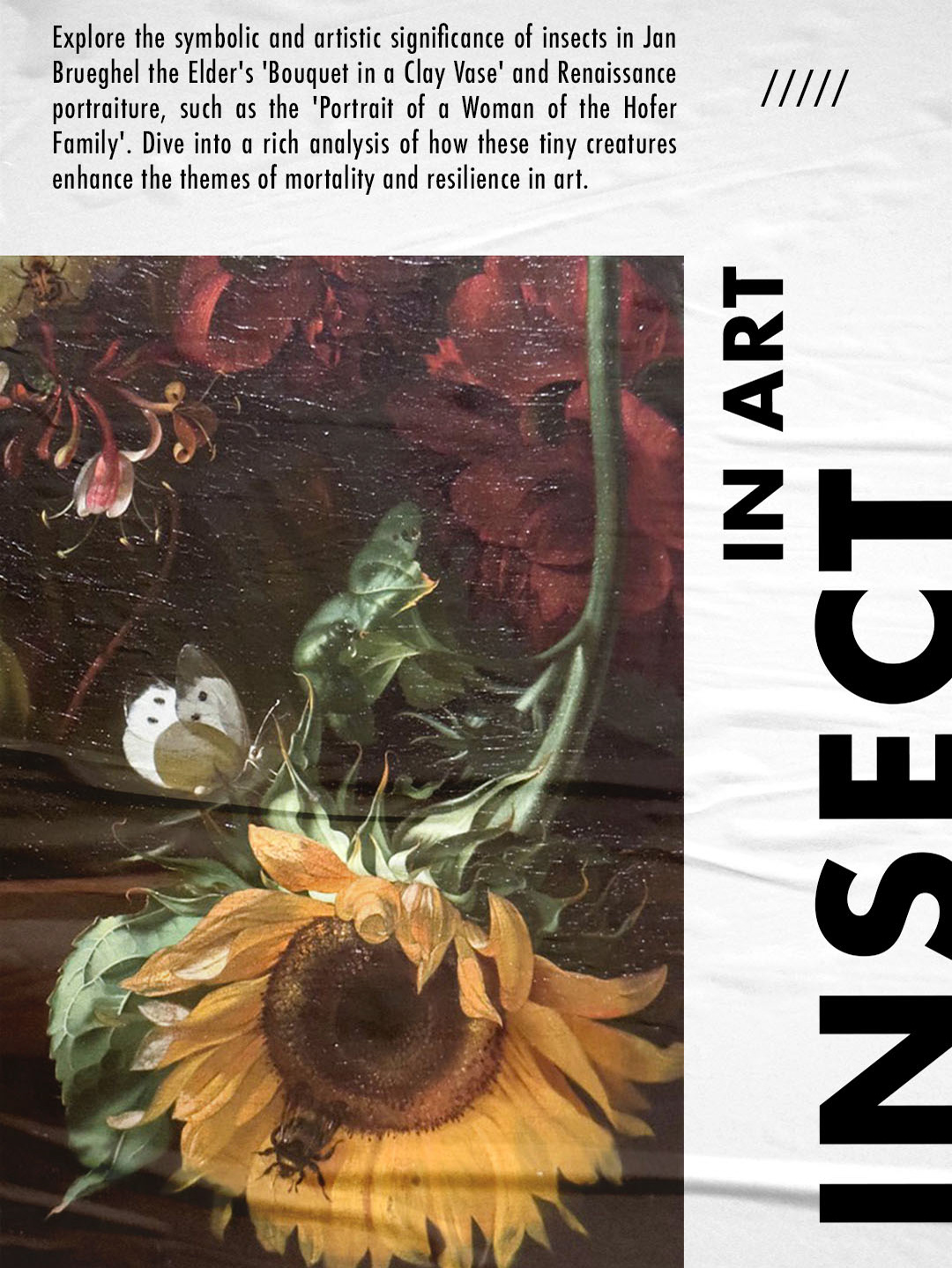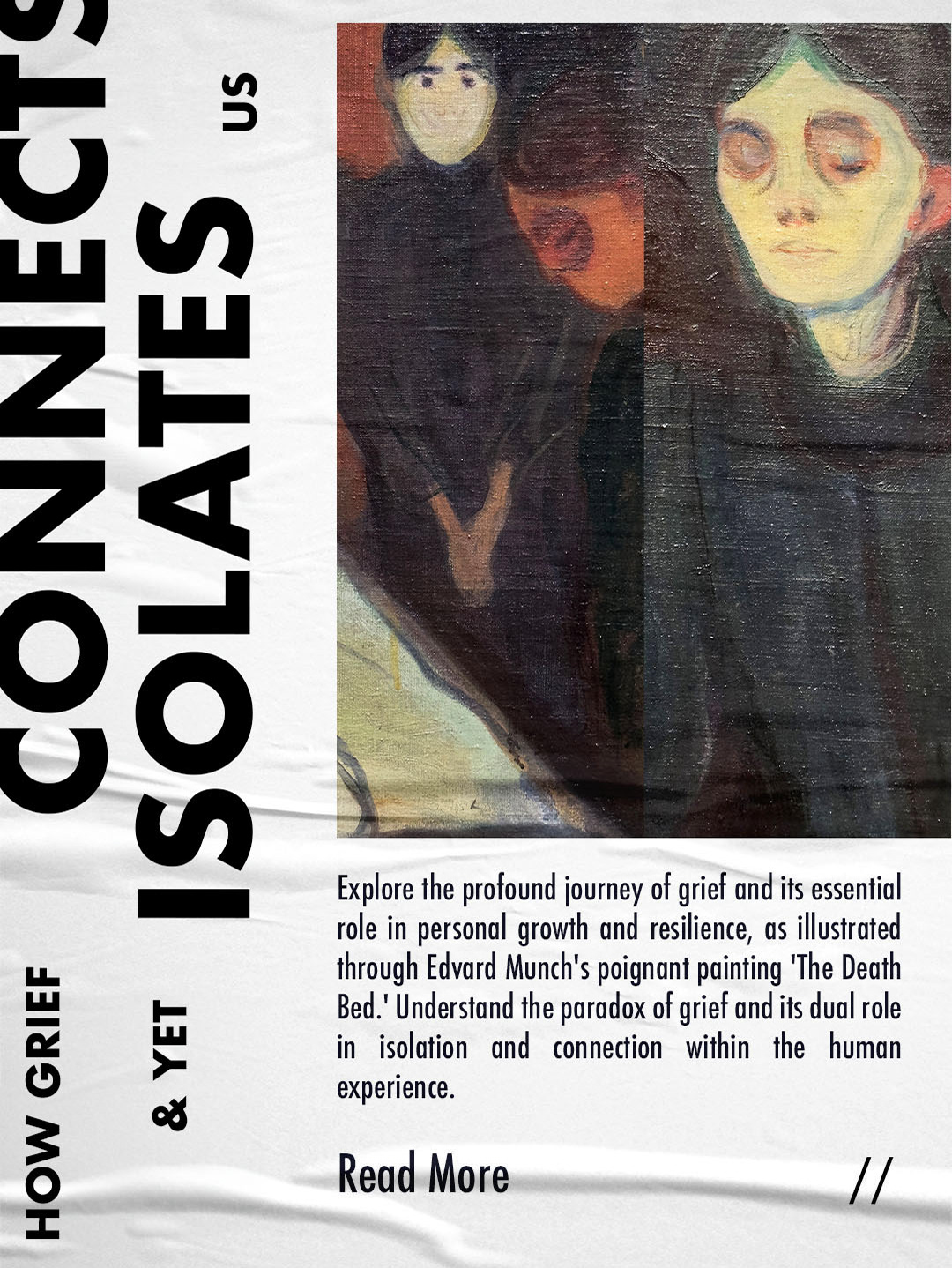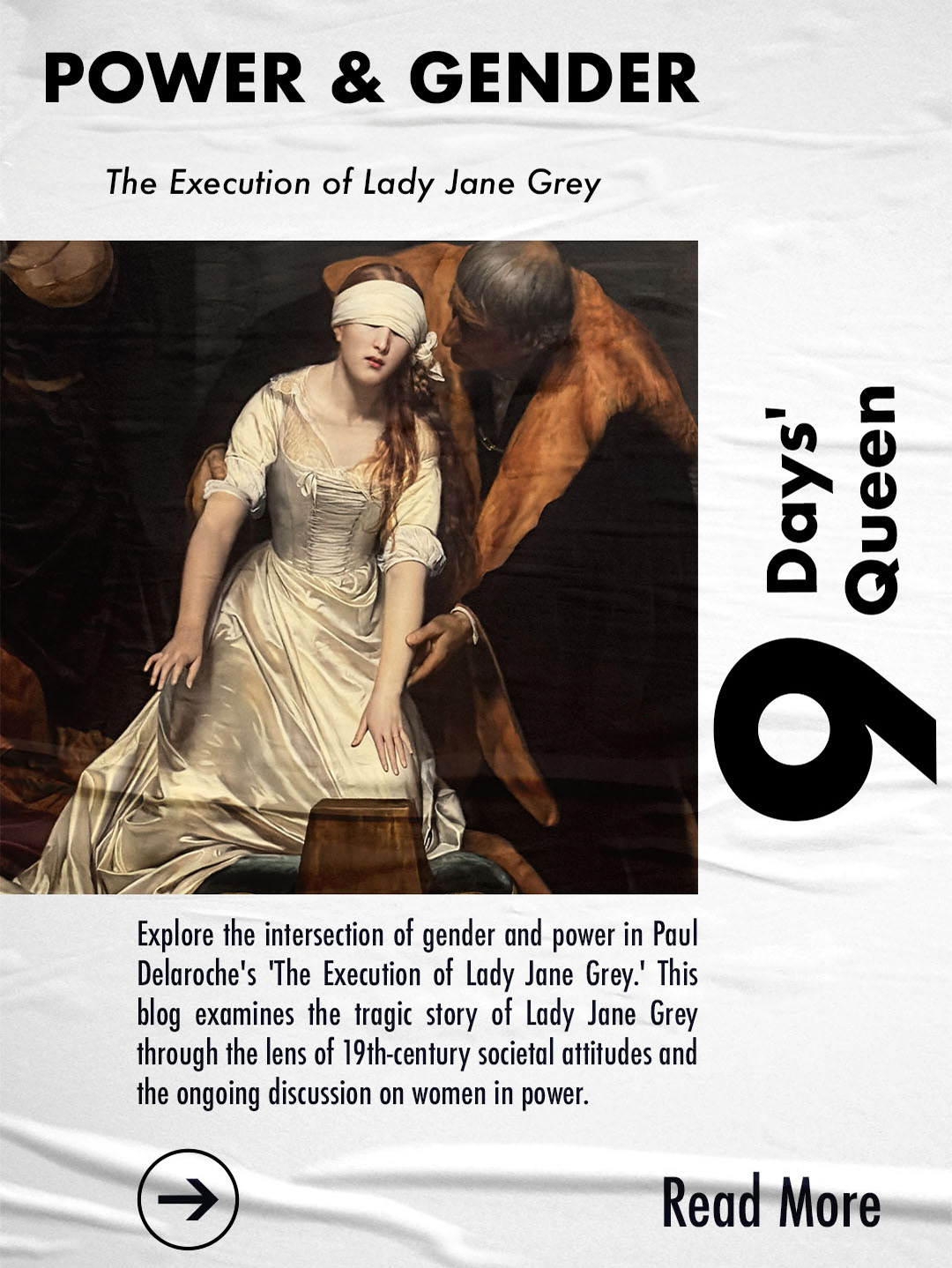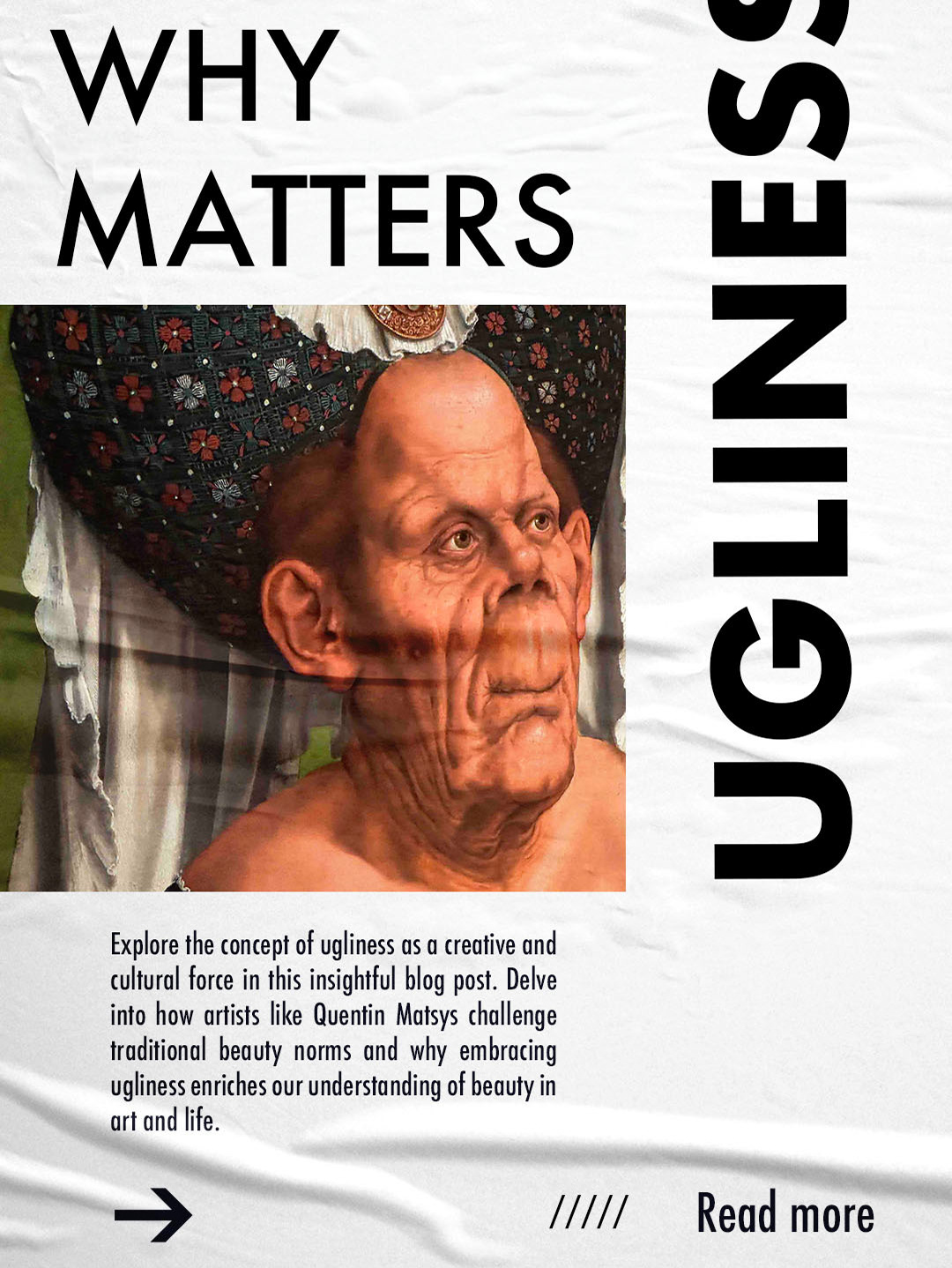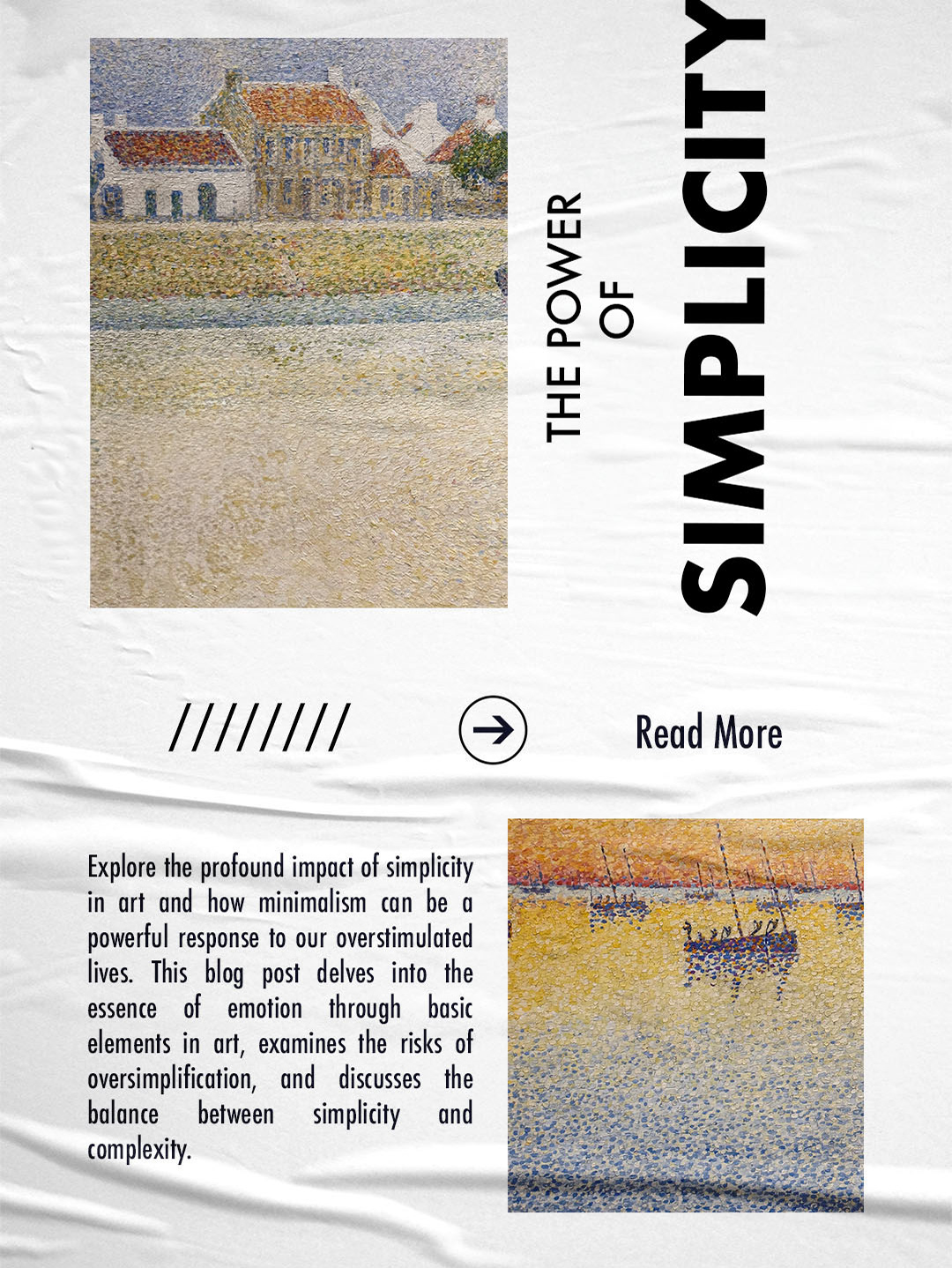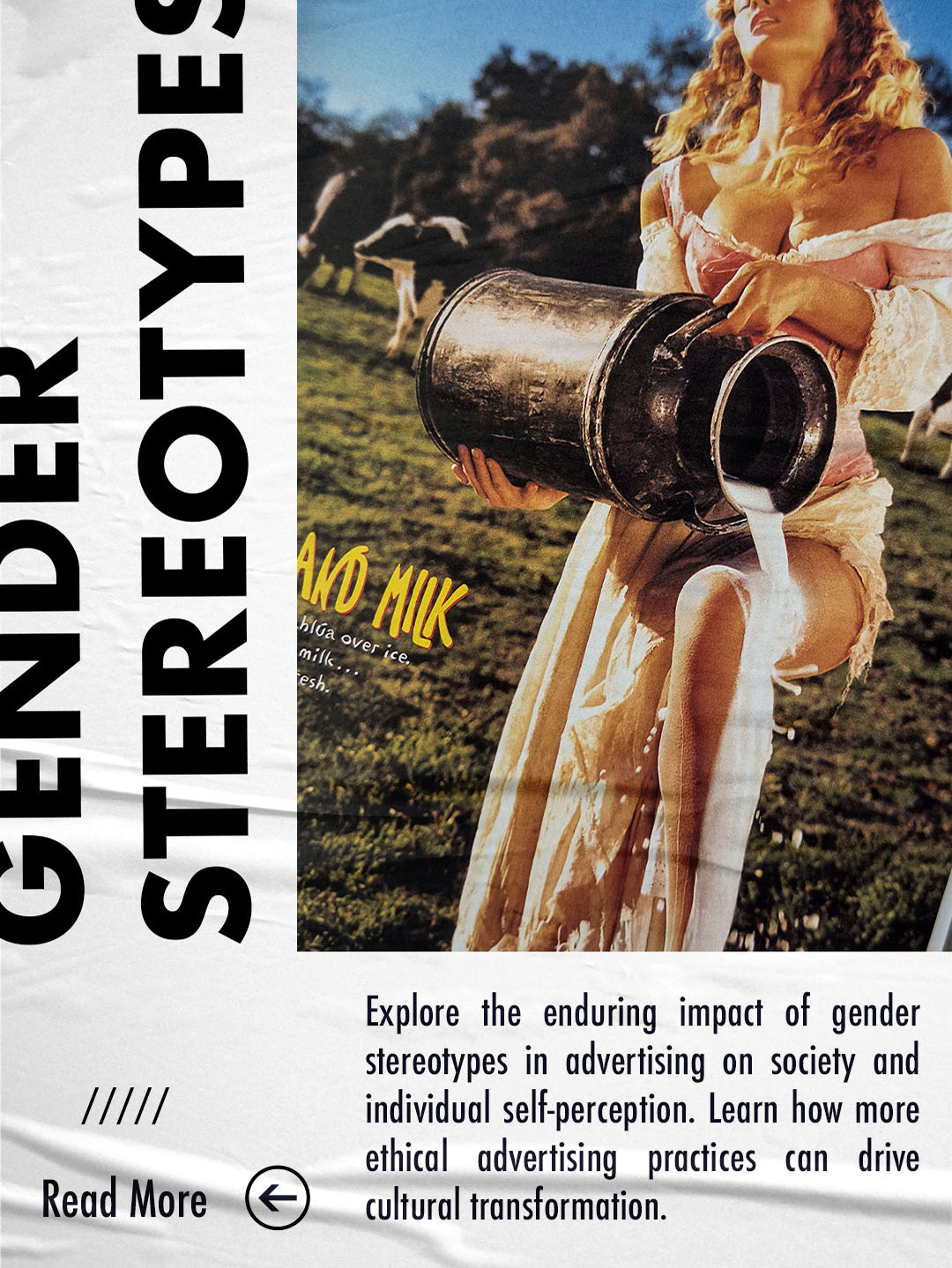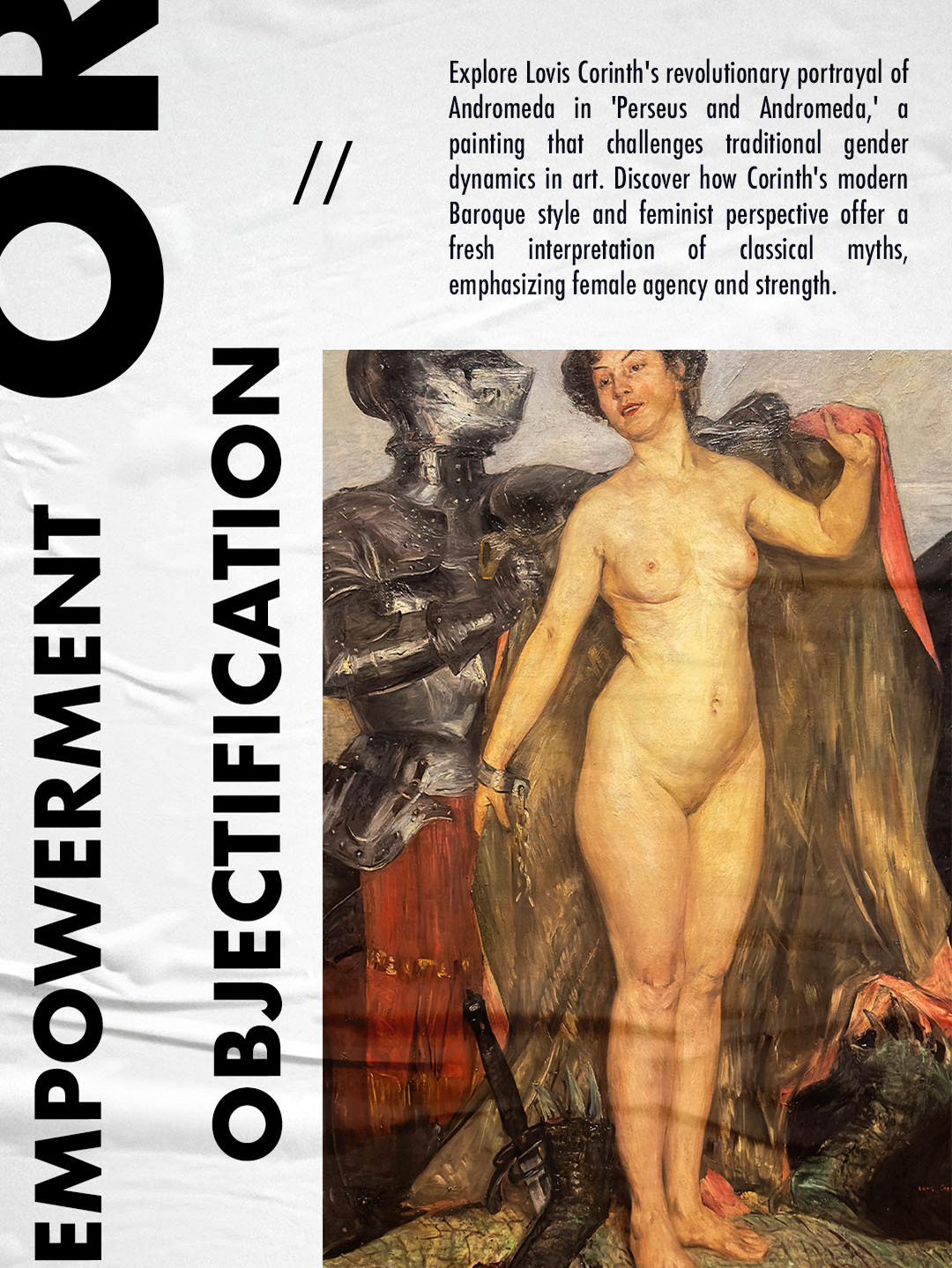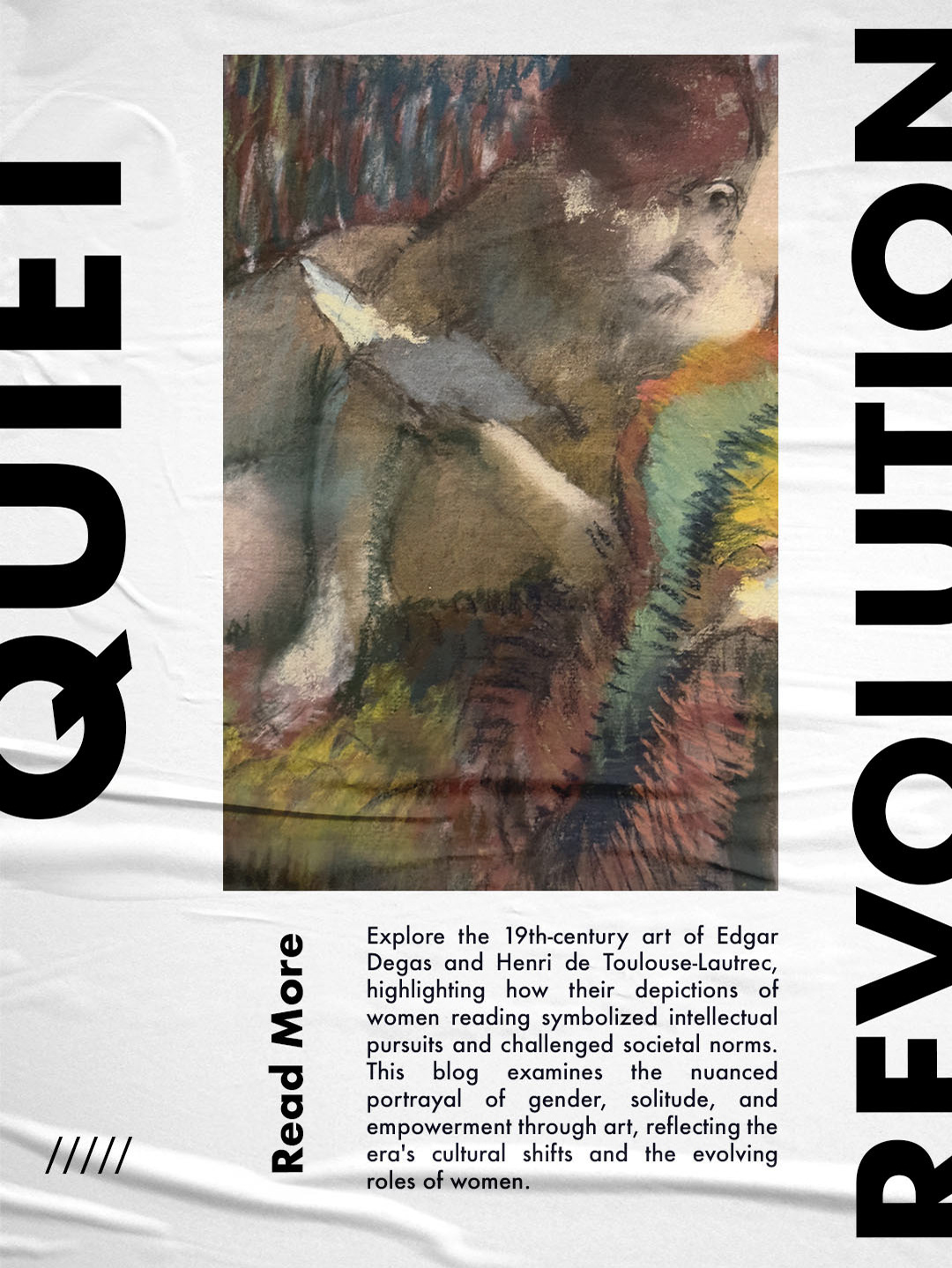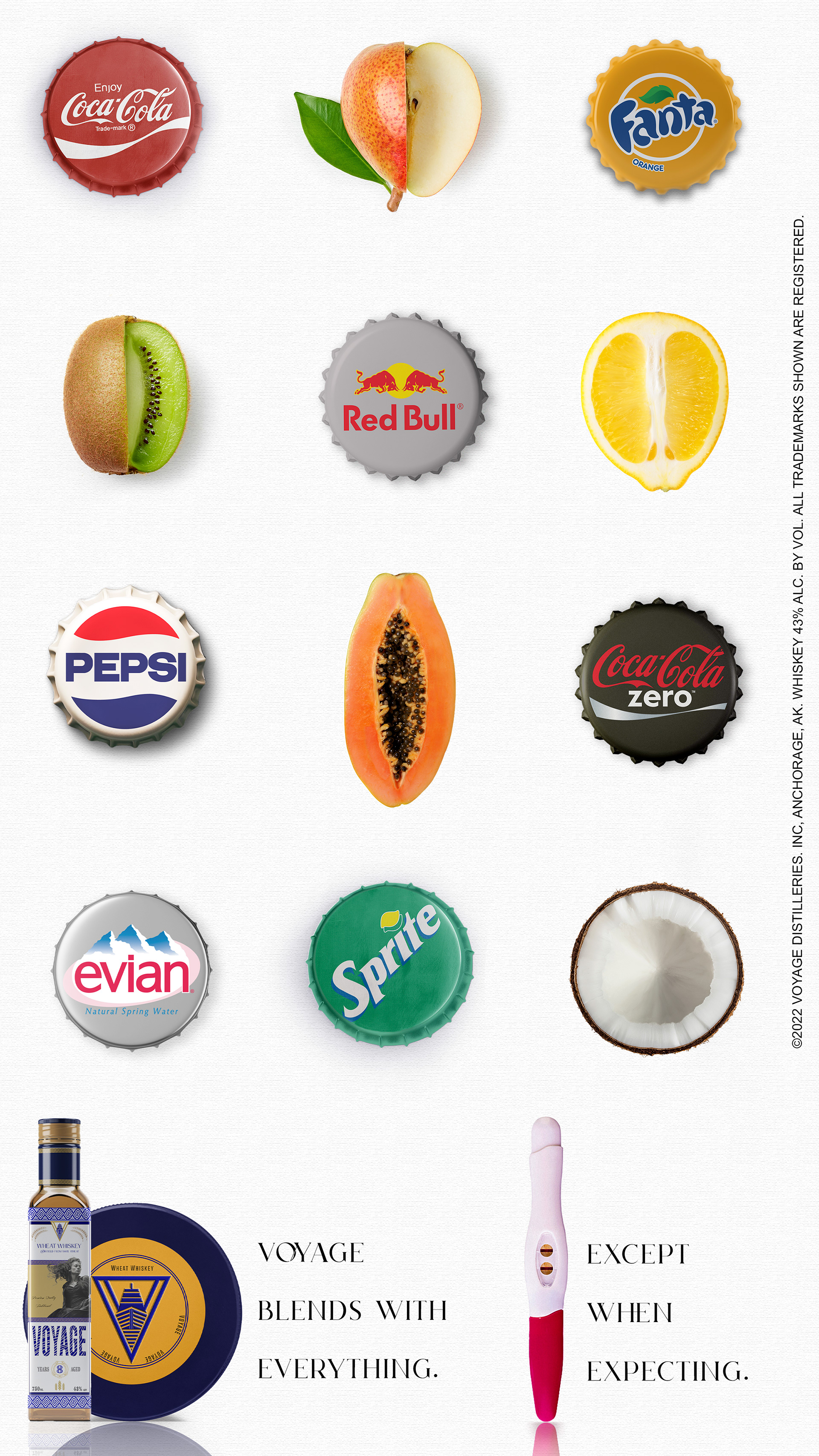
Copyright © 2024 Kianoush Poyanfar. All rights reserved.

Copyright © 2024 Kianoush Poyanfar. All rights reserved.
Introduction
The question "Is advertising art?" provokes a myriad of responses, sparking debates that bridge academia, industry, and cultural discourse. At its core, this inquiry delves into the fundamental nature of art and its purposes, contrasting markedly with the objectives of advertising. This blog post explores this intriguing topic, emphasizing how communication fundamentally differentiates advertising from traditional art forms.
Communication Over Expression
Advertising, by design, is a tool engineered to capture attention, convey messages, and ultimately, persuade. Its success is measured not by the subjective emotional or aesthetic response it elicits but by its effectiveness in achieving specific, often commercial, objectives. This is where advertising diverges most significantly from what we traditionally consider 'art'.
Artists like Vincent van Gogh lived for expression and personal exploration. Van Gogh's works, characterized by vivid colors and dramatic, emotional honesty, were largely unappreciated during his lifetime. Yet, his commitment to his personal artistic journey was unwavering, influenced by his desires, struggles, and perceptions, rather than a pursuit of public approval or commercial success. Art, in this sense, is self-reflective and introspective, often indifferent to the audience's reception.
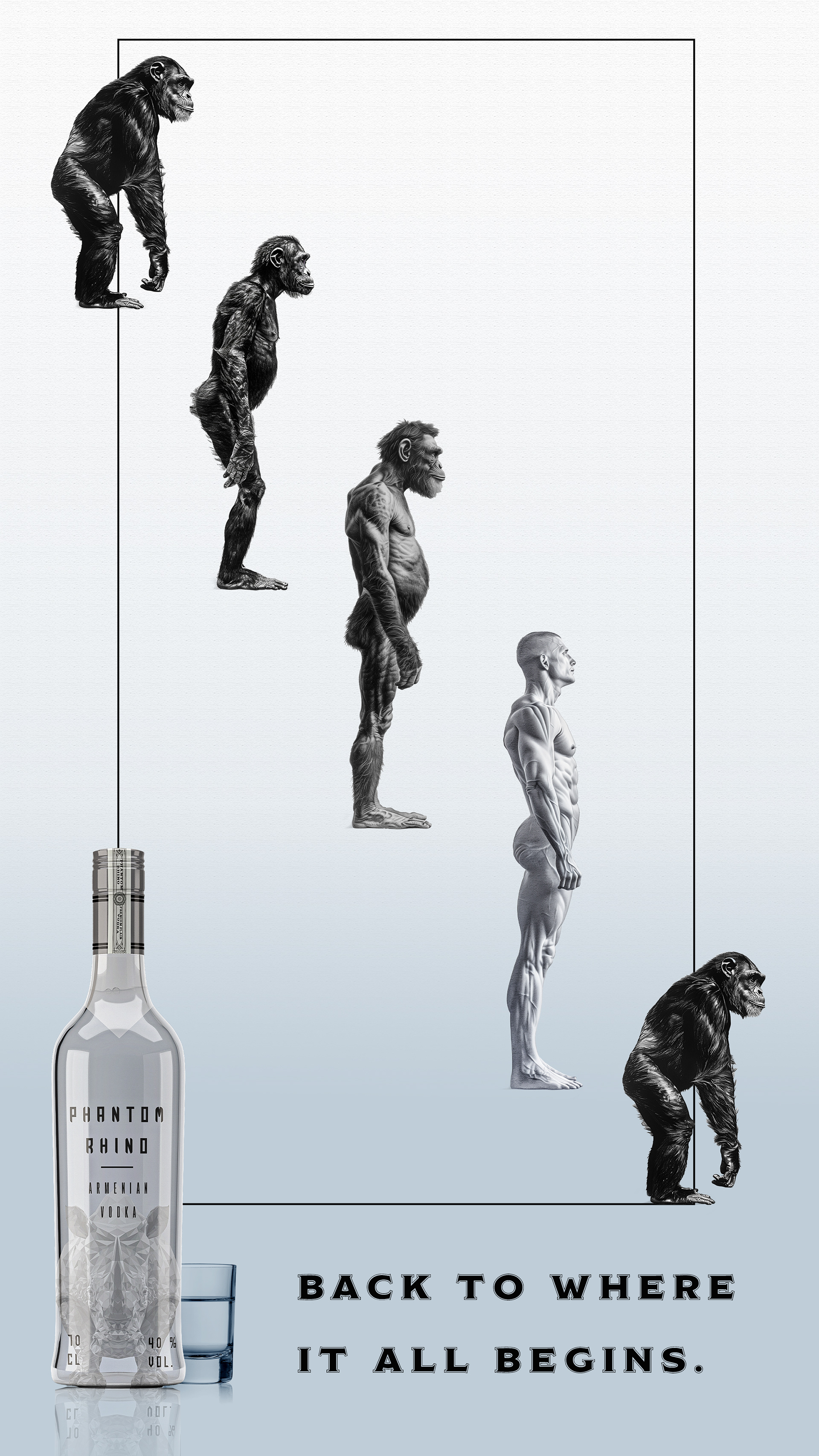
Copyright © 2024 Kianoush Poyanfar. All rights reserved.

Copyright © 2024 Kianoush Poyanfar. All rights reserved.
The Attention Economy
In stark contrast, advertising exists in the realm of the attention economy. It's a field where visibility equates to viability. An advertisement's primary mission is to grab and hold the viewer's attention long enough to deliver a message and compel action. In today’s digital age, where countless stimuli compete for a moment of consumer's attention, the ability to stand out becomes invaluable.
Advertisers often leverage artistic elements — such as design principles, visual metaphors, and even storytelling techniques — to create compelling content. However, unlike artists who may seek to provoke thought or convey deep personal truths, advertisers harness these tools to resonate quickly and effectively with a target audience. The artistry in advertising is applied with strategic precision, tailored to anticipated reactions and interactions.
Artistic Techniques in Service of Communication
While advertising can be creative and visually stunning, borrowing heavily from various artistic movements and schools, these aesthetic choices are always at the service of communication. The use of art in advertising is calculated and directed towards enhancing message delivery rather than mere expression. For example, an advertiser might draw on the surrealism of Salvador Dalí or the minimalism of Bauhaus not merely to pay homage to these styles but to invoke specific connotations that align with a brand’s message.

Copyright © 2024 Kianoush Poyanfar. All rights reserved.
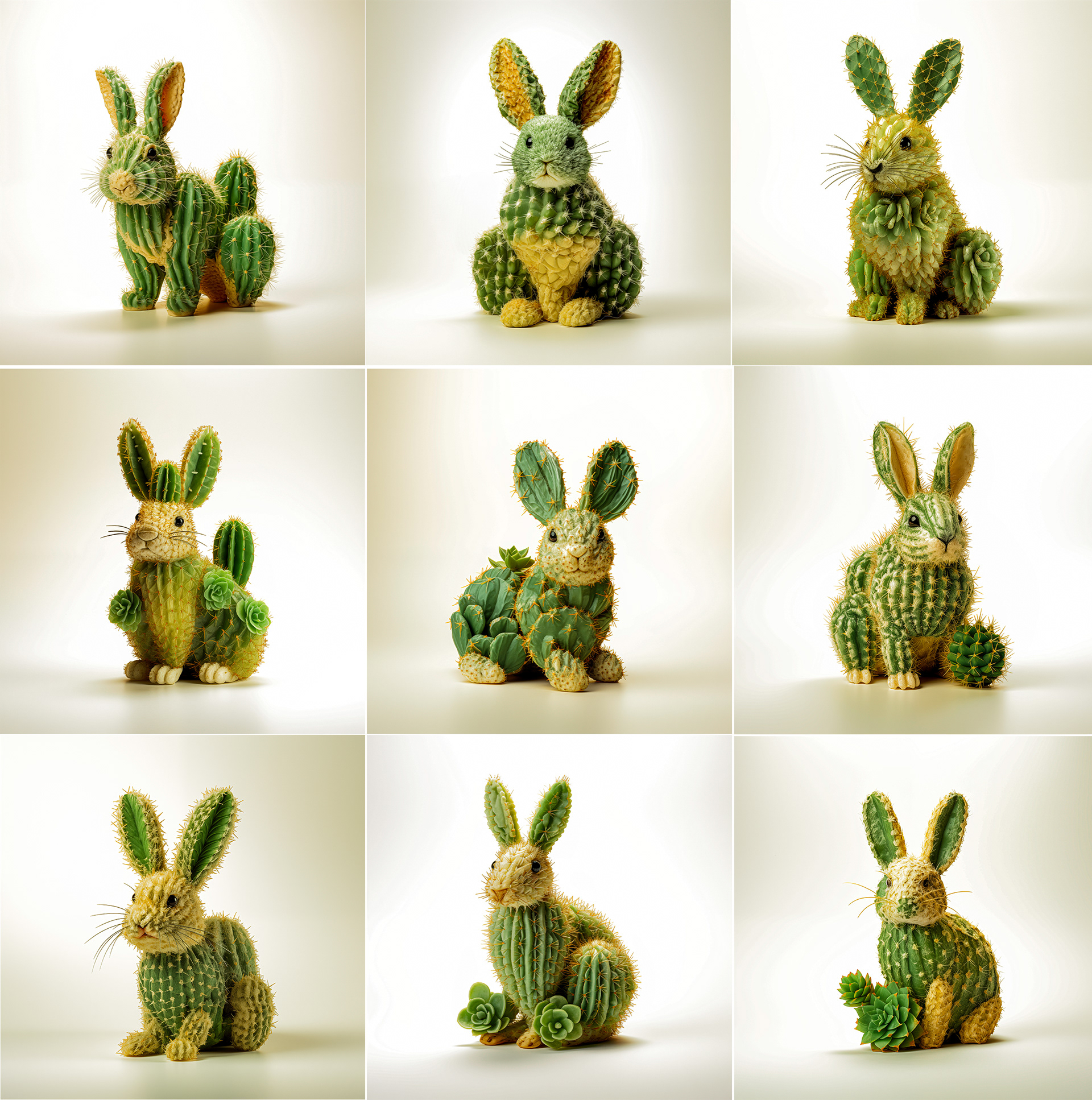
Copyright © 2024 Kianoush Poyanfar. All rights reserved.
Conclusion
To sum up, while advertising can embody artistic qualities, its essence lies in its function as a communication tool within the attention economy. Its success is not judged by the same standards as art. Instead of seeking to understand the human condition or express unfiltered personal truth, advertising aims to inform, persuade, and motivate consumer behavior — making the most of every second of attention it can secure.
The debate over whether advertising is art may continue indefinitely as the lines between different creative fields increasingly blur. However, understanding the primary role of communication in advertising allows us to appreciate its methods and successes on its own terms, distinct from the traditional arts.



